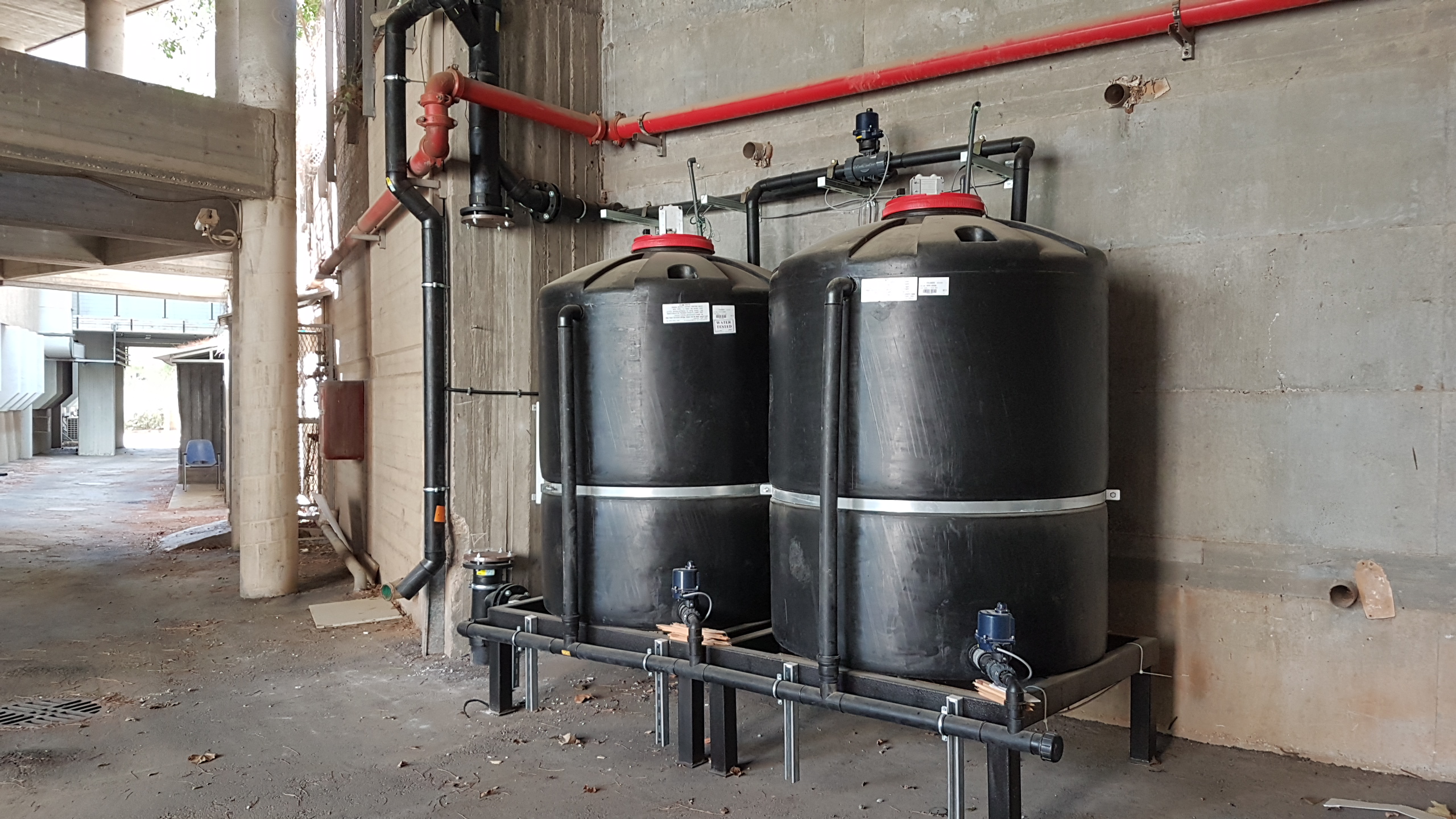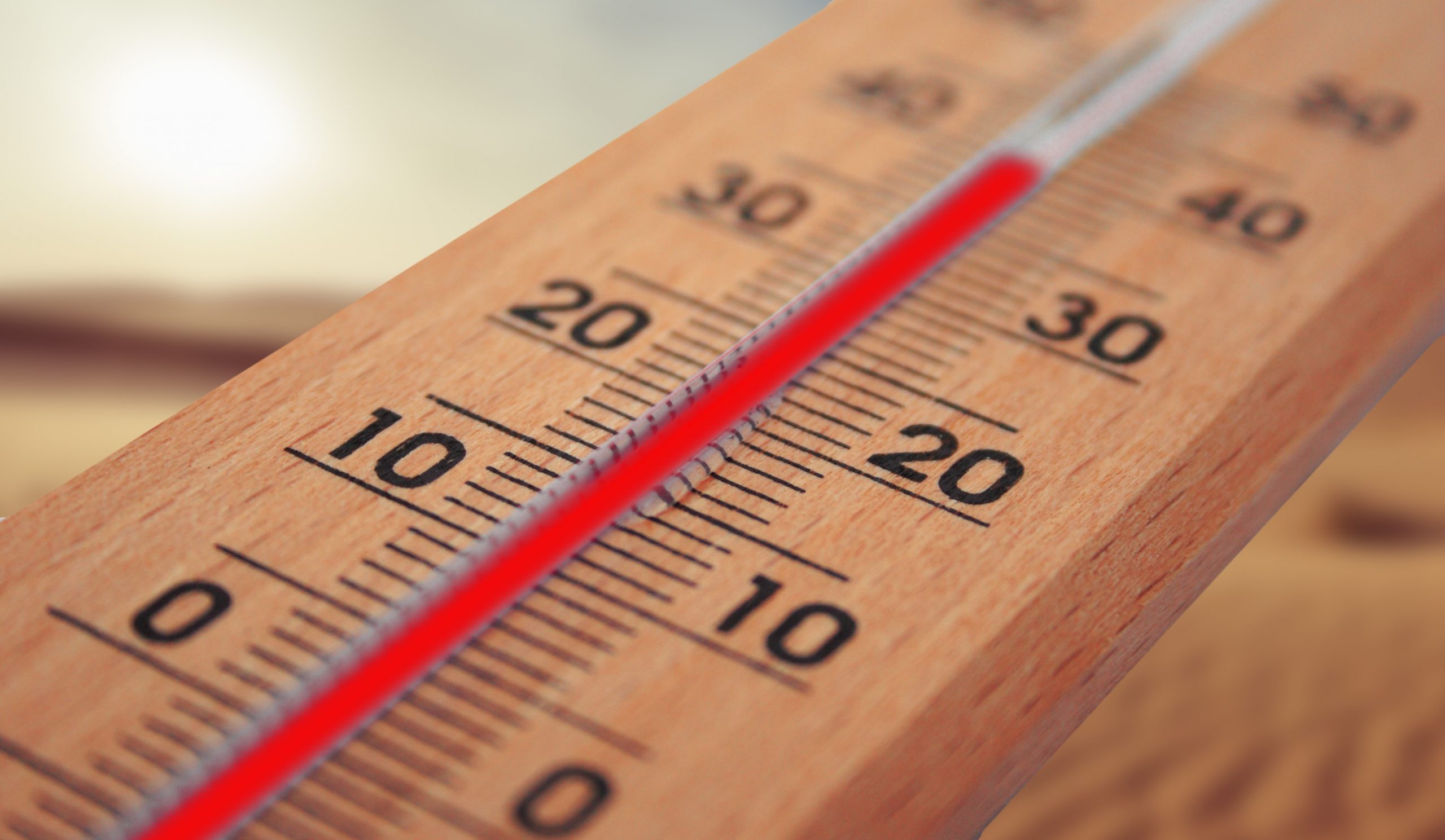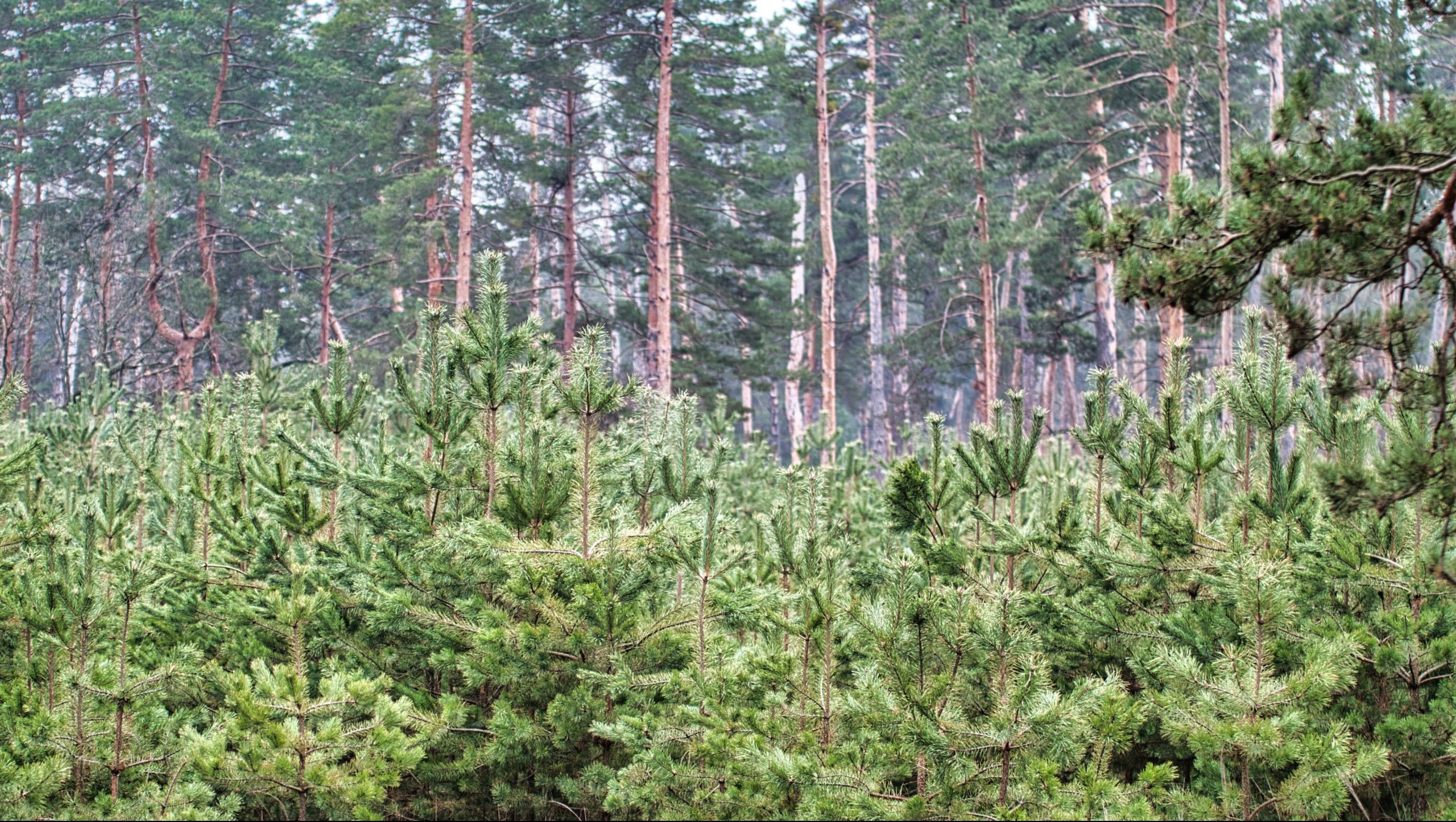If We Want to Save Our Planet, We Need to Think Out of This World
August 2, 2022Although many people might not be aware of it, NASA doesn't just deal with space – it also does a great deal to study the Earth's climate – and the way it's changing today
The 2014 sci-fi movie, Interstellar, foreshadowed our future. The scientifically accurate film, featuring researchers from Harvard and MIT, as well as renowned physicist professor Kip Thorne, was created to target the public in order to entertainingly depict the real-life scenario that could happen a few years from now, when global warming takes its toll, food becomes scarce, and the environment becomes inhabitable. Whether it be through interstellar travel to a habitable planet or by creating a solution to the plague that has devastated all the remaining food sources on Earth, in the movie’s universe it was up to NASA to find a viable solution to change our ways and save the human race from the planet we destroyed.
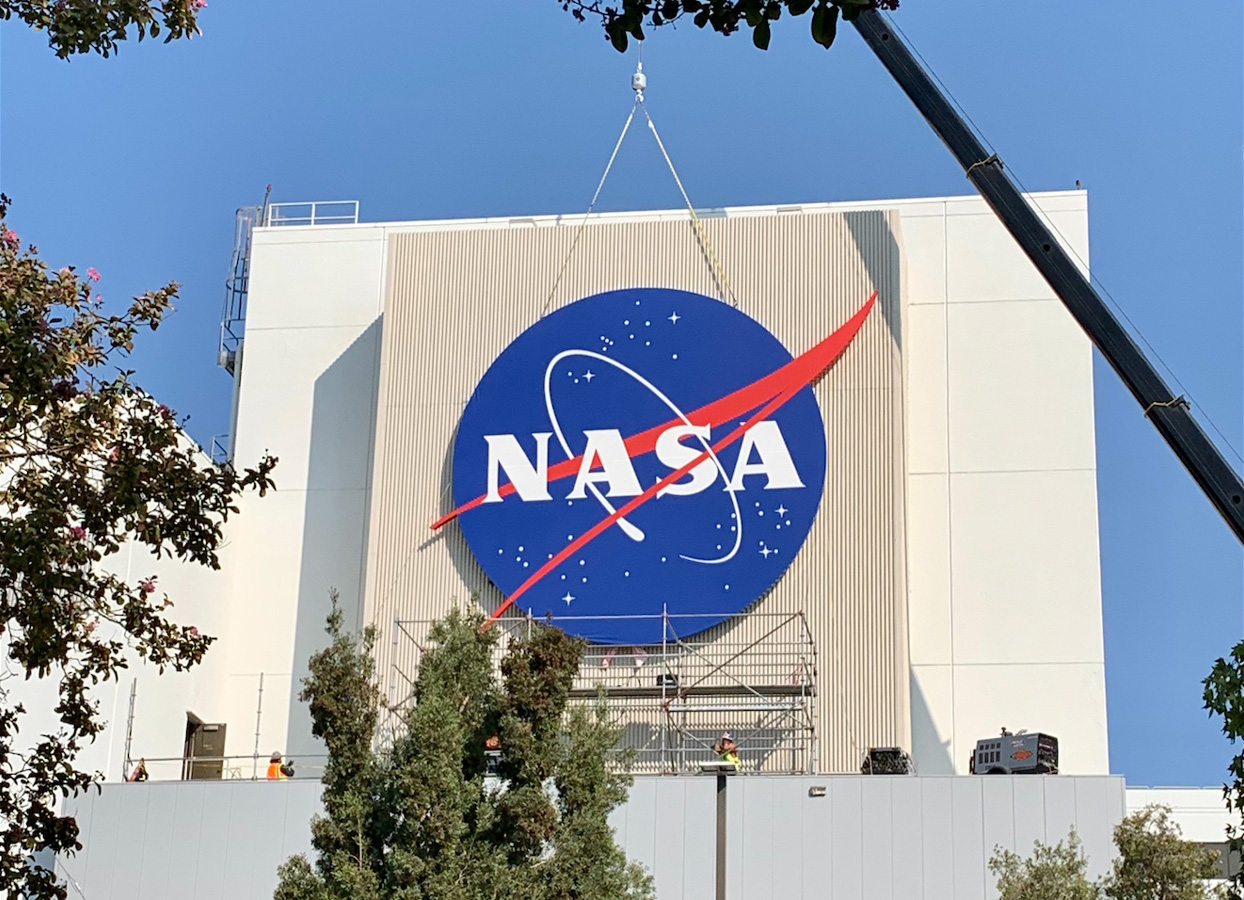
Just like its role in Interstellar, NASA is responsible for doing important work for our planet as a world leader in the subject of climate. When people think of NASA, they usually think of everything that lies outside of Earth, and not necessarily what’s in it, probably because NASA stands for “National Aeronautics and Space Administration”. So you might be surprised to know that NASA has conducted 17 space missions with the purpose of collecting climate data. It has more than two dozen satellites that orbit the Earth observing and measuring climate change variables, in order to use the data collected to perform climate modeling and prediction. It’s working on projects to reduce emissions of the harmful greenhouse gases that warm our planets, such as making flying more efficient by using less fuel. NASA scientists are also regarded as climate experts as they continue to explore environmental factors such as the Earth’s solar activity, sea level rise, atmospheric temperature, oceanic temperature, the ozone layer and air pollution.
Don’t Let the Earth Become Venus
NASA uses extraterrestrial research in order to combat terrestrial problems. Throughout the 60s and 70s they sent the Mariner series probes to planets that were once considered to be similar to Earth – including the uninhabitable Venus. After sending probes to our closest planetary neighbor, scientists figured out that Venus was the victim of a massive greenhouse effect that was responsible for making it the hottest planet in our solar system, due to Venus having about 300 times more carbon dioxide in its atmosphere and dangerously hot surface temperatures. If this sounds familiar – it’s because our human activities are creating these same effects on our own planet. According to NASA’s climate website, the amount of carbon dioxide in Earth’s atmosphere continues to rise at an alarming rate, and it has increased by 58 percent since the beginning of the Industrial Age. NASA’s ongoing temperature analysis also shows our climbing surface temperatures, and demonstrates that the average global temperature on Earth has increased by at least 1.1 degrees Celsius since 1880. Even though it doesn’t seem like much, it can cause much greater damage than we can imagine. In fact, it was only a one- to two-degree drop in temperature that started the Little Ice Age.

“There wouldn’t be substantial climate science without space agencies putting eyes in the sky”, says Reichman University School of Sustainability dean, Prof. Yoav Yair. The reason being, according to Yair, because in a visionary manner, NASA and other space agencies have been learning about space and other planets for a while now – they supply continuous data that span several decades which can be used in order to carefully monitor trends and changes occurring in the Earth’s systems. This includes monitoring gas concentrations, polar ice cap size and depths, sea level, health of the jungles, forest fires, etc. He believes that the tools we have in space are indispensable for monitoring the health of our planet and for securing and better characterizing the environmental problems we face today (such as fluctuating Antarctic ice sheets and fires in the Amazon).
Everything’s Online
This role of NASA suffers from the same problem as climate change: it is not easily communicated to the people. It’s an issue when we talk about climate change, because how can we save the world if we don’t know what’s going on? These days, in this media-dependent world, it can be extremely difficult to stay informed and extremely easy to be misinformed. NASA’s newly appointed chief scientist, Dr. Katherine Calvin, is aware of this issue and aims to change that. Calvin, who recently spoke at the 50th Annual Science and Environment Conference in Tel Aviv, voiced in the past her mission to communicate environmental issues alongside space exploration. She has stressed her desire to change the preconceived notion that NASA is solely a platform meant for exploring what lies above and beyond our Earth and allow people to think of NASA as a leading voice on climate science as well as space exploration. “When people hear NASA, I want them to think of climate science alongside planetary science”, she said. “NASA is already a world leader in climate, and so I’m just communicating that science and connecting it to other agencies, to the public.” According to Calvin, the most important step going forward in order to save ourselves and the environment from the detrimental effects we caused is to learn about them.

NASA doesn’t only research – they also make knowledge more accessible. NASA freely provides important (and very entertaining) information for this subject on their Global Climate Change: Vital Signs of the Planet website (https://climate.nasa.gov). All of the facts in this article have been found there. The website includes a variety of ways to learn about what is environmentally going on in our world. From current news to interactive features, this website is very interesting as it uses NASA’s scientific technologic in order to give the public access to features such as Earth Now, which is a participative real-time data visualization of NASA’s Earth-orbiting satellites and the data they collect about climate change. The website also includes an immersive 3D visualization of the Earth, a climate time machine that allows people to view how much our climate has fluctuated over time, and a global ice viewer that shows how global warming has caused ice to disappear over the years. It includes “Earth Minute” videos for the purpose of educating in little over 60 seconds, a beautiful earth gallery that shows the magnificence of where we live in order to influence the protection of our Earth and natural features, “Earth 360” that showcases the parts of Earth people have never seen before, a variety of quizzes, and more. However, most importantly, the website educates the public what climate change is using before and after pictures, causes, effects, and solutions.
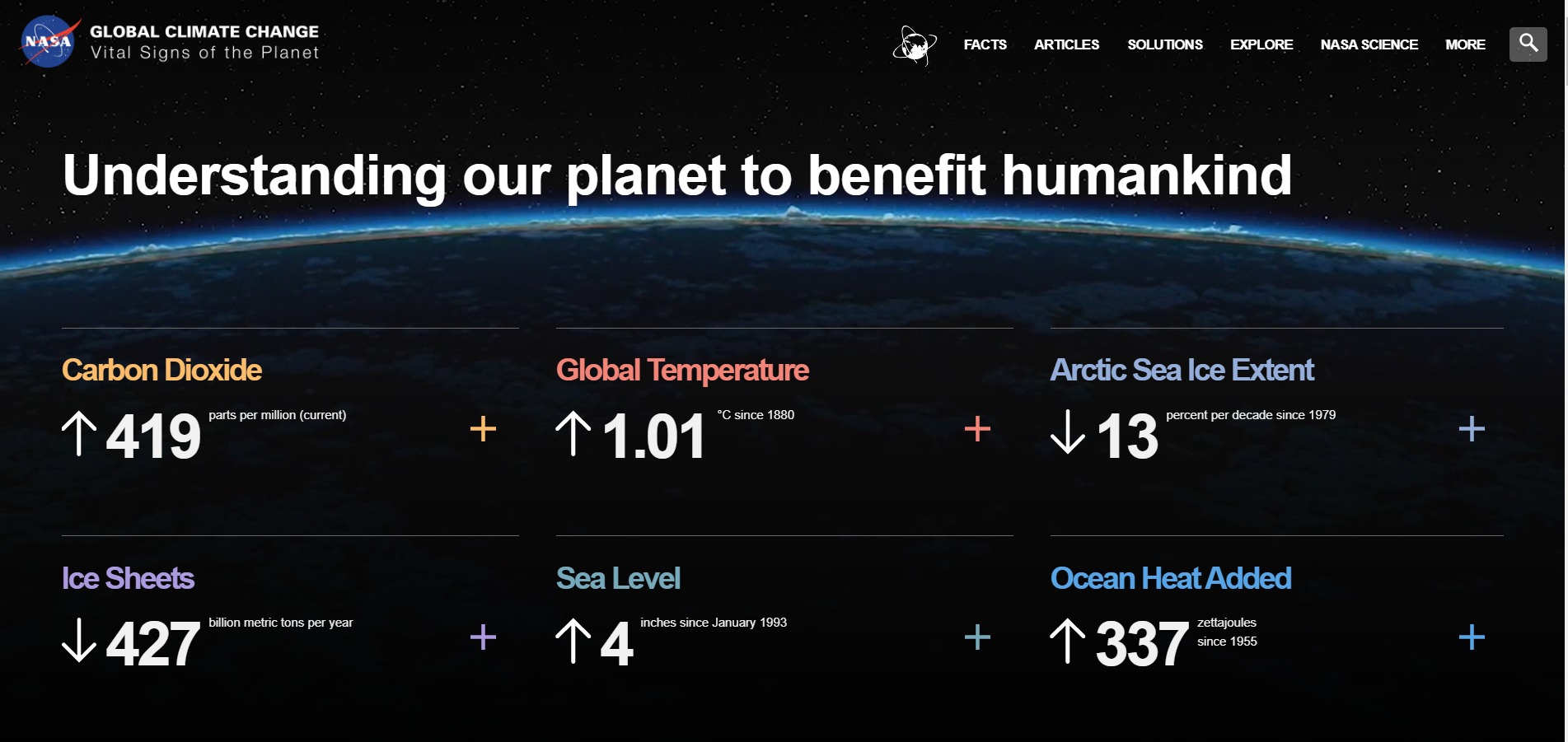
According to Yair, another great way for the future of this generation to learn about the Earth’s climate issues is social media. One of NASA’s twitter accounts, climate@nasa, can be a quick and easy way to get educated on this subject, as it gives its followers a continuous influx of news and updates on the climate and environment of Earth.
Make Individuals Knowledgeable
We can assume that the more people know about something, the more it will be on their minds. The more it’s on their minds, the more they can implement it into their daily lives. We can hope that if everyone knew the reality of global climate, it would be a lot easier to do something about it. It all starts with individuals, such as Katherine Calvin. They are the environmental communicators that have the role of teaching other individuals, whether it be through movies or through websites like NASA’s. The public just needs to know that information is everywhere and that it can be easily accessed. The more knowledgeable individuals are out there, the more participation in community efforts – and the more we can do.
This ZAVIT Article was also published in The Jewish Journal on 1 Aug. 2022
